Find what makes you happy anytime, anywhere
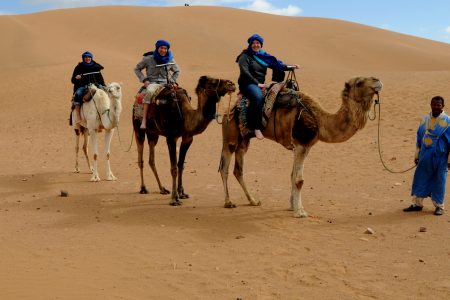
![]()
Marrakesh, Marrakesh-Safi, Morocco
5
(39 Reviews)
From €149,00
3 days 2 night
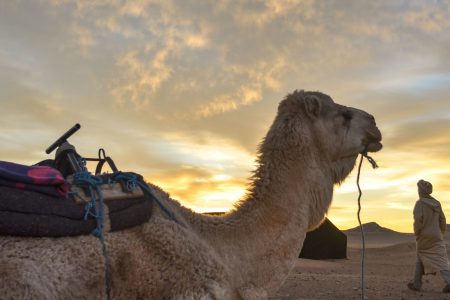
![]()
Marrakesh, Marrakesh-Safi, Morocco
5
(32 Reviews)
€0,00
1 day
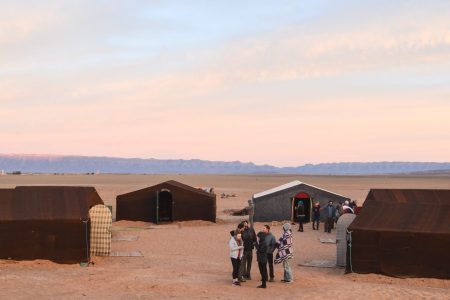
![]()
Marrakesh, Marrakesh-Safi, Morocco
5
(32 Reviews)
From €169,00
2 days 1 night
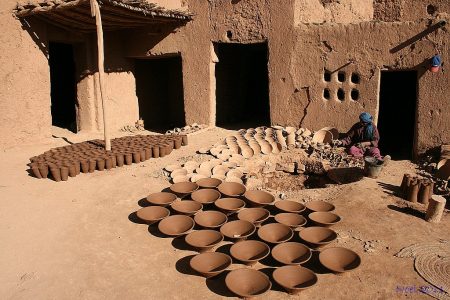
![]()
Marrakesh, Marrakesh-Safi, Morocco
5
(38 Reviews)
From €139,00
2 days 1 night
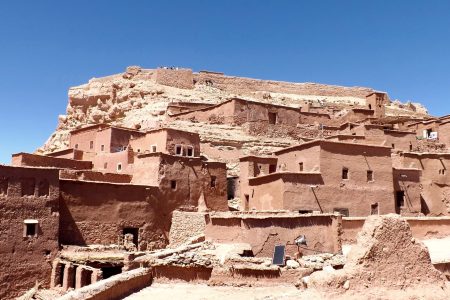
![]()
Marrakesh, Marrakesh-Safi, Morocco
5
(32 Reviews)
From €149,00
3 days 2 night
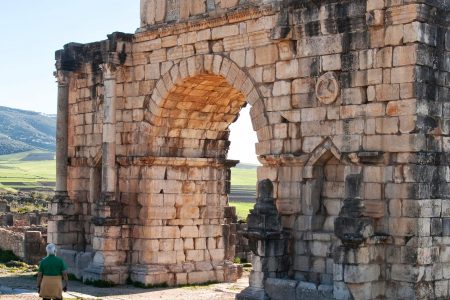
![]()
Marrakesh, Marrakesh-Safi, Morocco
5
(39 Reviews)
From €86,00
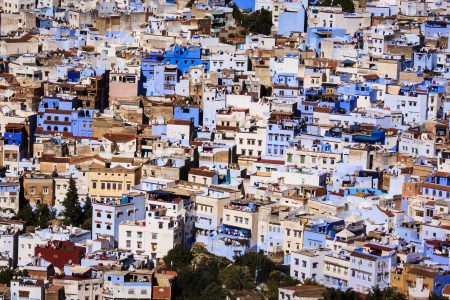
![]()
Marrakesh, Marrakesh-Safi, Morocco
5
(31 Reviews)
From €149,00
2 days 1 night
Morocco is a country located in North Africa, bordering the…
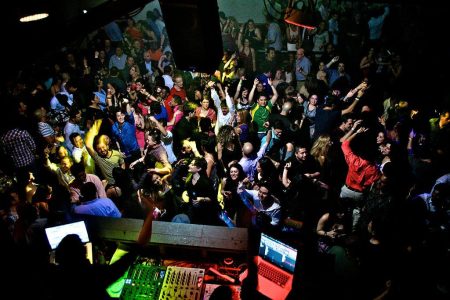
Things to do in Casablanca at evening Are you searching…
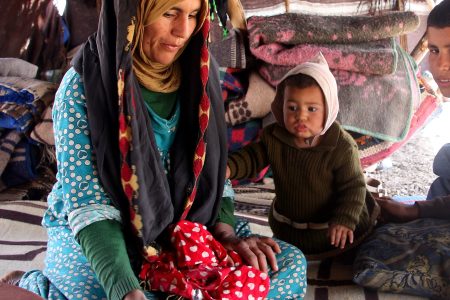
The last Nomads in Morocco Nomadism is thought within the…

Why Select GetYourGuide? GetYourGuide voucher codes is a singular on-line…
Ahead of the age Bing and Twitter, matchmaking may have…
I single potrebbero essere sempre pronti a divide il review…
Data analysis is an important part of all businesses. It…
Content advertising is a highly effective tool that helps you…
5
(38 Reviews)
From €135,00
Full-day
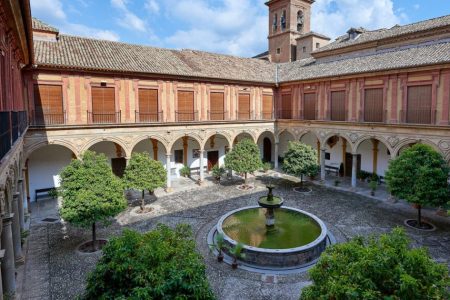
![]()
Marrakesh, Marrakesh-Safi, Morocco
5
(31 Reviews)
From €11,00
3 days 2 night
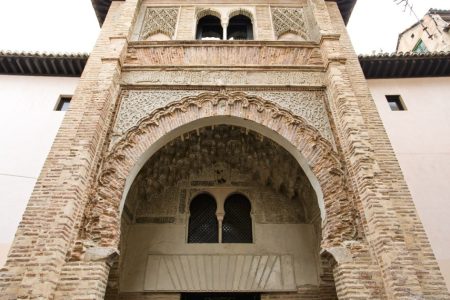
![]()
Marrakesh, Marrakesh-Safi, Morocco
5
(39 Reviews)
From €34,84
1 day

![]()
gibraltar
5
(1 Review)
From €54,26
24h
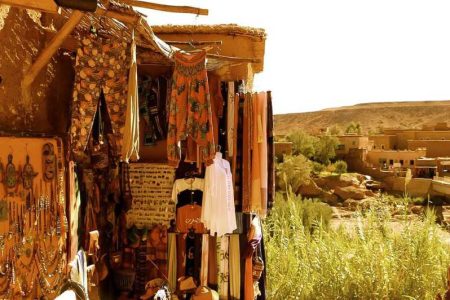
![]()
Marrakesh, Marrakesh-Safi, Morocco
5
(36 Reviews)
From €85,00
1 days 0 night
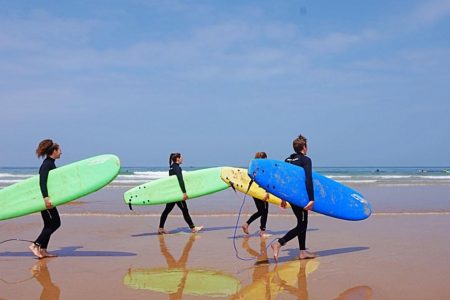
![]()
Marrakesh, Marrakesh-Safi, Morocco
5
(39 Reviews)
From €155,00
Названия игр казино доставляют массу удовольствия и могут передать удовольствие,…
Content Paypal To locate a Canadian Banks Resource efficiency Different…
Зрители огромного количества онлайн-казино дадут вам больше информации о присоединении…
Казино в Интернете, такое как реальный рынок, часто является местом…
Лучшими вариантами, которые приходят с участием в онлайн-казино, могут быть…
Content Cloud Mining Providers want to trial our platform? GoChain…
A hug is an effective approach to show https://www.healthline.com/health/relationships/how-do-you-know-you-love-someone your…
Независимо от того, хотите ли вы сыграть в казино, есть…
Go beyond the surface of the world’s must-see travel destinations. Discover our authentic, unforgettable experiences and explore the world for real.
https://youtu.be/UB3j4fkzFck
Sign up now for travel tips, personalized itineraries, and vacation inspiration straight to your inbox.
[mc4wp_form id=”209″]
[trustindex no-registration=tripadvisor]